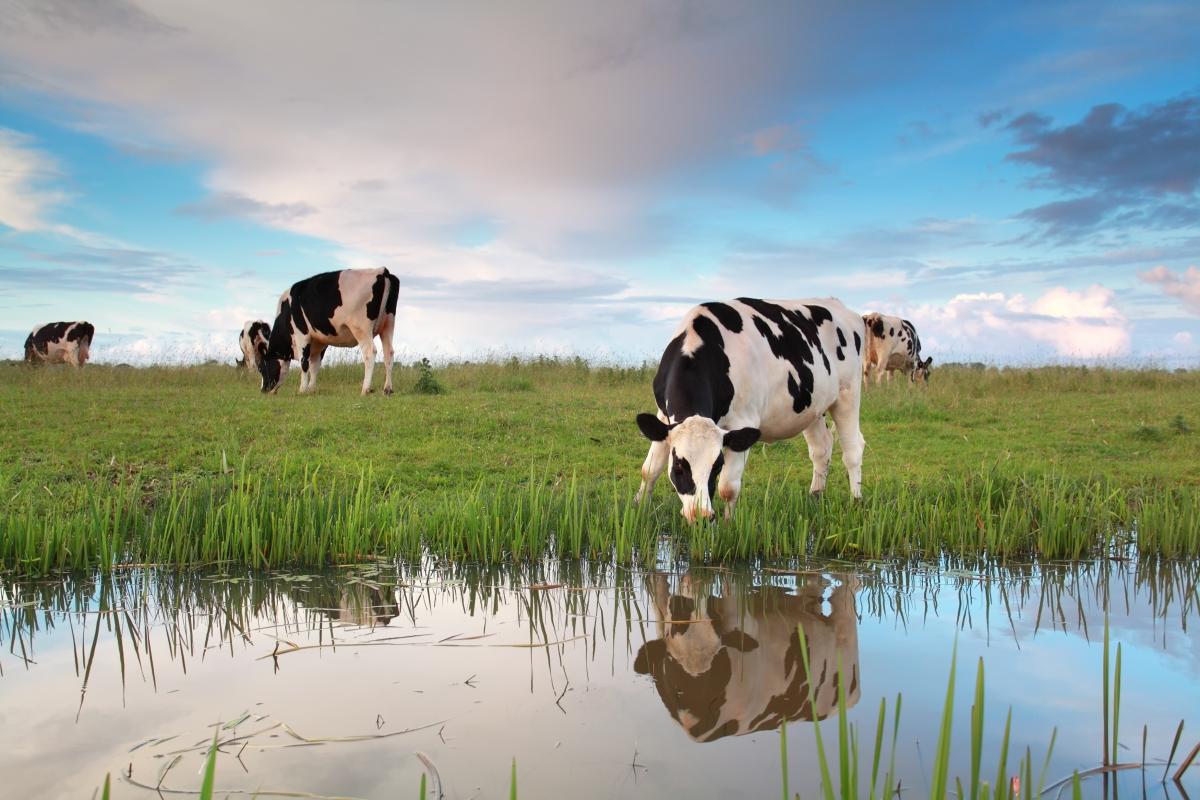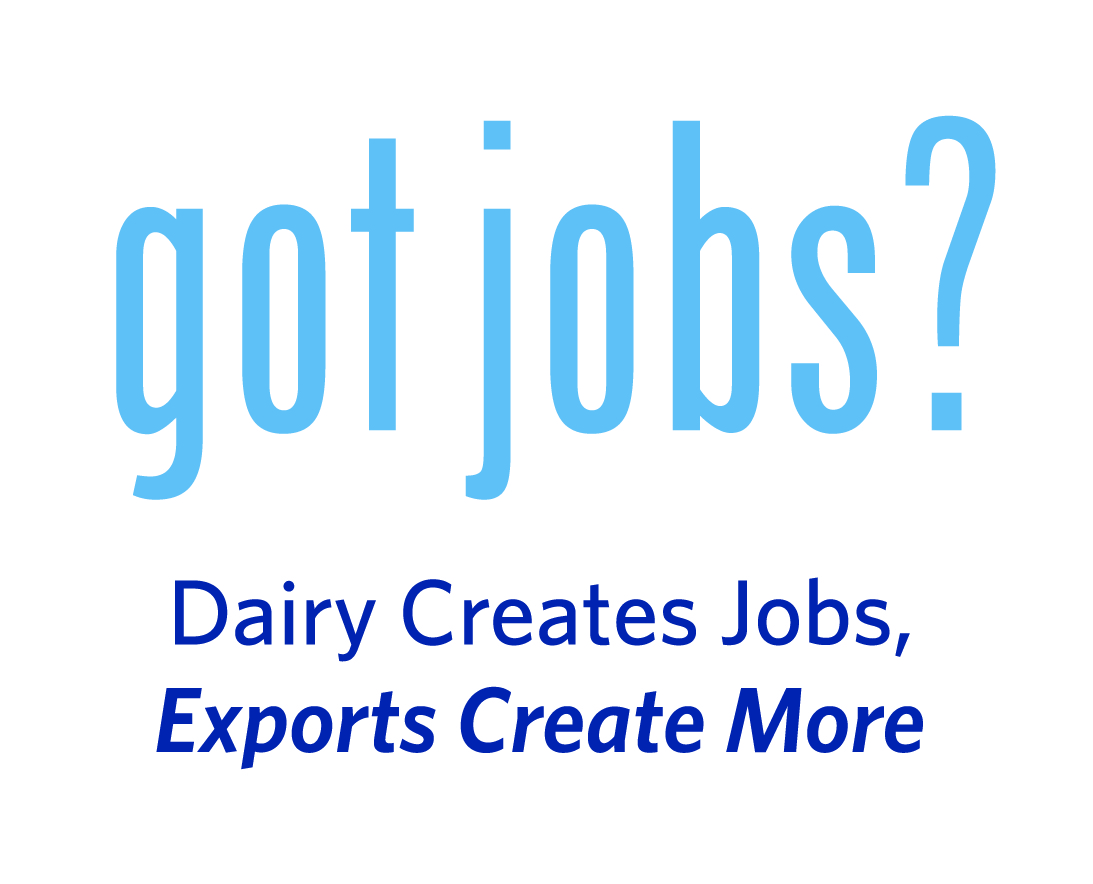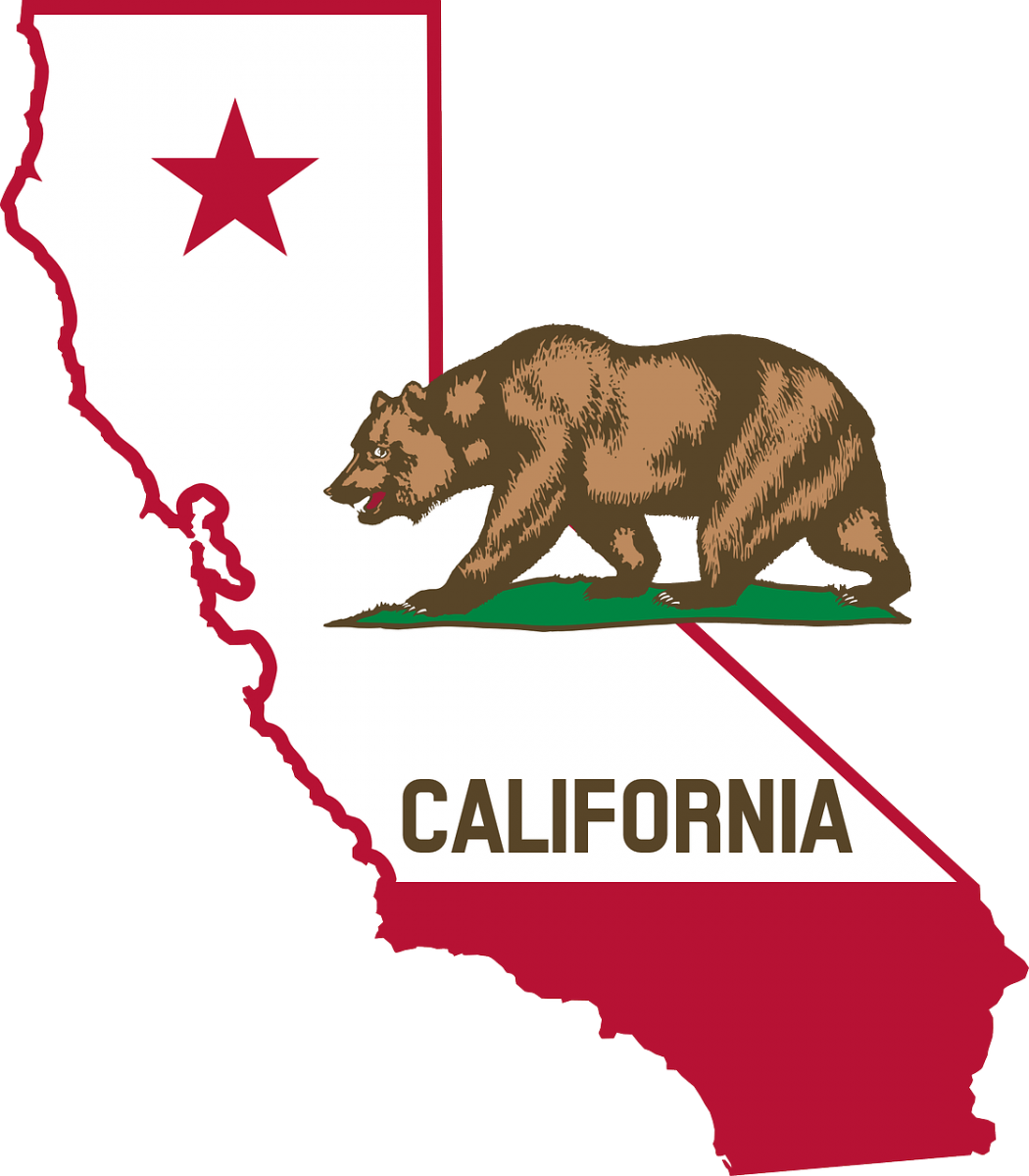 For the second year in a row, NMPF is joining farmers, cooperatives, brands and other industry stakeholders in recognizing June Dairy Month by getting involved in the Innovation Center for U.S. Dairy’s Undeniably Dairy initiative.
For the second year in a row, NMPF is joining farmers, cooperatives, brands and other industry stakeholders in recognizing June Dairy Month by getting involved in the Innovation Center for U.S. Dairy’s Undeniably Dairy initiative.
Throughout the summer, Undeniably Dairy is promoting a new chapter in its multi-year campaign to celebrate dairy’s innate goodness. This latest endeavor will celebrate all those who are “Undeniably Devoted to Dairy,” from farmers to chefs and everyone in between.
Undeniably Dairy – funded by dairy farmers through their checkoff – will reach consumers who have questions about dairy through nationally recognized podcasts, digital and media partnerships, and by farmers and other members of the dairy community who will share personal stories of devotion. Farmers work with experts every day that help ensure healthy cows and responsibly produced milk.
For cooperatives and producers who want to share stories of how they are “Undeniably Devoted” to their livelihoods, here are some ways to celebrate:
- Take a picture of your employees, veterinarians, nutritionists, milk haulers, and others. Share it along with a story of their devotion on your social channels using #undeniablydairy.
- Share content from the Dairy Hub about the undeniably devoted – you can find an Undeniably Dairy resource link on the home page. If you haven’t joined the Dairy Hub yet, register here.
- Talk about those devoted to dairy when conducting farm tours or talking with neighbors.
- Encourage friends and family to do the same.

 The National Dairy Farmers Assuring Responsible Management (FARM) Program will host its third annual FARM Evaluator Conference July 24-26 in Kansas City, Missouri. Following the success of previous conferences, evaluators from across the country will gather again to network, brainstorm and learn from the nation’s leading subject matter experts.
The National Dairy Farmers Assuring Responsible Management (FARM) Program will host its third annual FARM Evaluator Conference July 24-26 in Kansas City, Missouri. Following the success of previous conferences, evaluators from across the country will gather again to network, brainstorm and learn from the nation’s leading subject matter experts. Last February, the U.S. Environmental Protection Agency (EPA) published a request for comment regarding previous statements it made about pollutant discharges from point sources that reach surface waters via groundwater. EPA has said that those discharges may be subject to the Clean Water Act (CWA) if there is a direct hydrological connection between the surface water and groundwater. NMPF joined with other agriculture groups in May in urging EPA to rescind its statements that groundwater could be regulated under the CWA.
Last February, the U.S. Environmental Protection Agency (EPA) published a request for comment regarding previous statements it made about pollutant discharges from point sources that reach surface waters via groundwater. EPA has said that those discharges may be subject to the Clean Water Act (CWA) if there is a direct hydrological connection between the surface water and groundwater. NMPF joined with other agriculture groups in May in urging EPA to rescind its statements that groundwater could be regulated under the CWA. To further highlight the absurdity of deceptive food labels, Peel Back the Label and Emmy-winning comedic production company Funny or Die created a video that shows the lengths food companies will go to confuse consumers into buying their products.
To further highlight the absurdity of deceptive food labels, Peel Back the Label and Emmy-winning comedic production company Funny or Die created a video that shows the lengths food companies will go to confuse consumers into buying their products.
 To help promote the U.S. dairy industry as a job-creating and exports machine, National Milk has joined the U.S. Dairy Export Council (USDEC) and the International Dairy Foods Association (IDFA) to launch a year-long campaign titled “Got Jobs? Dairy Creates Jobs, Exports Create More.”
To help promote the U.S. dairy industry as a job-creating and exports machine, National Milk has joined the U.S. Dairy Export Council (USDEC) and the International Dairy Foods Association (IDFA) to launch a year-long campaign titled “Got Jobs? Dairy Creates Jobs, Exports Create More.” President Donald Trump has indicated he may be willing to wait until next year to reach a revised North American Free Trade Agreement (NAFTA) if it means getting a better deal from Canada and Mexico. NMPF continues to believe that the NAFTA talks are critically important and must be concluded, but not if that comes without the improvements the U.S. dairy industry needs.
President Donald Trump has indicated he may be willing to wait until next year to reach a revised North American Free Trade Agreement (NAFTA) if it means getting a better deal from Canada and Mexico. NMPF continues to believe that the NAFTA talks are critically important and must be concluded, but not if that comes without the improvements the U.S. dairy industry needs. The U.S. Department of Agriculture (USDA) announced on June 7 that California dairy producers approved a Federal Milk Marketing Order (FMMO) for the entire state of California.
The U.S. Department of Agriculture (USDA) announced on June 7 that California dairy producers approved a Federal Milk Marketing Order (FMMO) for the entire state of California.



